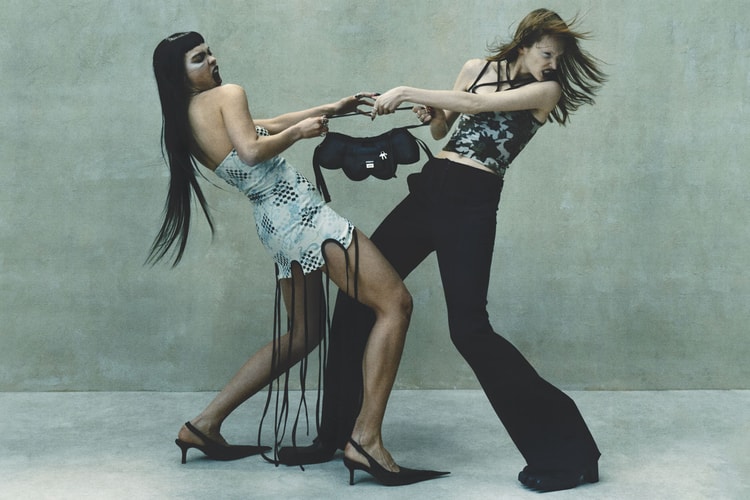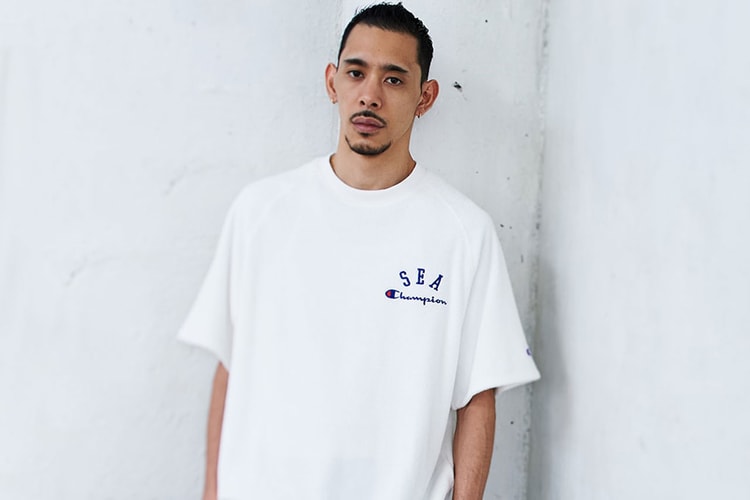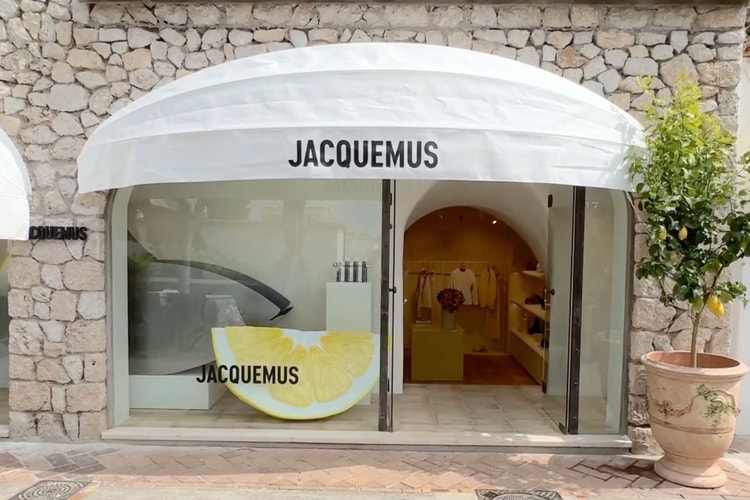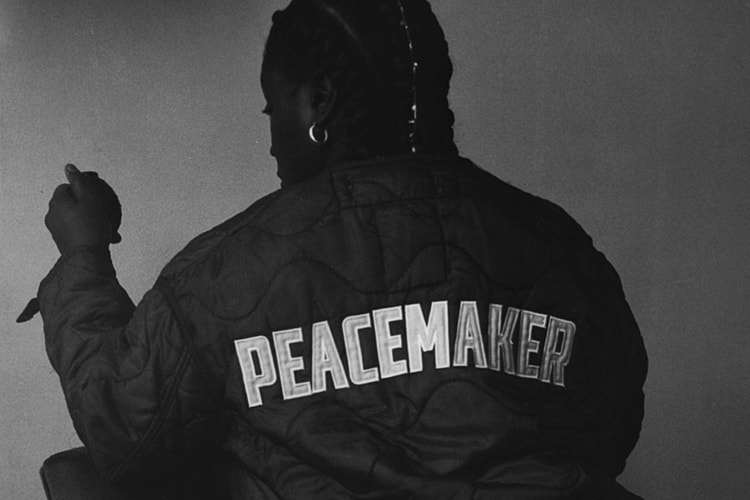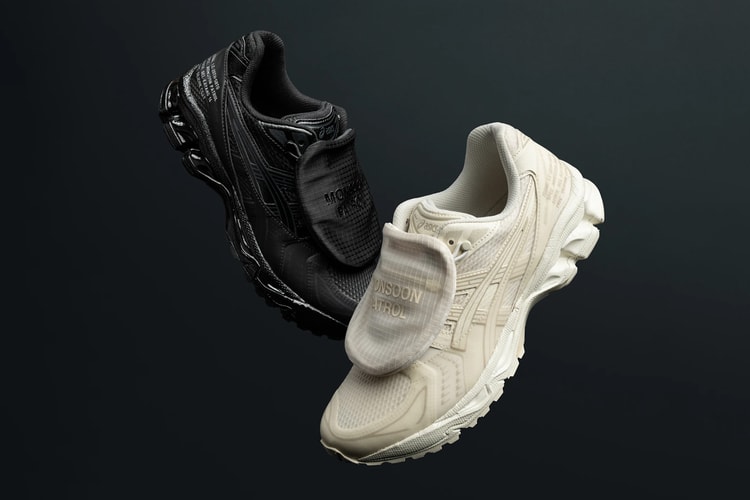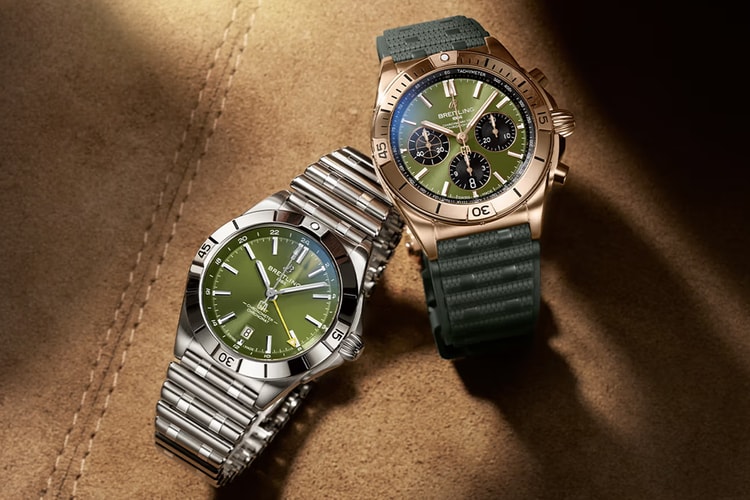The Holy Trinity of Vintage Grails: Fantasy Explosion, Intramural Shop, and Leisure Centre
How the three New York businesses have redrawn the borders of selling vintage menswear and carried the torch lit by Brian Procell.

You are reading your free article for this month.
Members-only
This article originally appeared in ‘Hypebeast Magazine Issue 33: The Systems Issue.’
How do you build a vintage clothing business when sourcing is no longer a secret? It’s not a question anyone selling would have asked a couple of years ago. The best — like Fantasy Explosion, Leisure Centre, and Intramural Shop, all from New York — and the rest all find ignored old clothes in the wild, present them in a different context, and filter out the chaff. But now with so much stock and with countless Instagram accounts pushing deadstock, north feels like south in the vintage menswear landscape.
When those three businesses’ founders began sourcing and building their brands a few years before the pandemic, selling men’s casual vintage—jeans, sweatshirts, tees, workwear, occasional designer items—still functioned as a distinctly secret space. Thrift spots were guarded, references were kept face down, and knowledge was shared on a need-to-know basis. But things have changed since lockdown. The so-called “Zizmorcore” aesthetic trend — hyperlocal merch that revolves around dusty New York institutions, from restaurants to municipal agencies — that Fantasy Explosion’s Kevin Fallon helped spur evolved from a sliver of vintage into its own legit racket, with a wellspring of imitators to boot.
This particular thread of vintage menswear has morphed into something more mainstream and salient, in large part due to the trio’s curation, offerings, and social media presences. Fallon, who started Fantasy Explosion around 2013, set the standard for hyperlocal curios (defunct restaurant shirts, Department of Sanitation pickup league gear, G-Unit and Elvis merch, Village Vanguard swag). He’s expanded into a Greenpoint store, selling cut-and-sew items he’s found, trinkets, and evergreen staples like camouflage, sweats, and leather. In 2021, Frank Carson opened Leisure Centre on Hester Street in Manhattan’s Chinatown after years of selling online and at flea markets. The shop has widened into something between a social hub and a clearinghouse for designer clothing and sportswear, closet sales, pop-ups, and jean-short activations. Bijan Shahvali started Intramural Shop’s brick-and-mortar presence as Carson’s Hester co-tenant, offering distilled promo swag like Whitney Museum construction helmets, crew jackets and hats from movie productions, and Doubleday Publishing tees. He’s since pivoted to selling online, doing pop-ups, and collaborating with brands like A24 and Herman Miller, for whom he functions as both an archivist and vendor. Together, the three have redrawn vintage clothing’s borders to something more robust than a cavernous store with a good pair of Levi’s hidden inside.
And while copycats, new jacks, and big brands have encroached on this particular clothing aesthetic, the three say the vintage hustle isn’t that different from when they started reselling. It’s still about finding old stock and curating it. The difference now is that it’s also about producing new clothes that play off nostalgic designs, like Leisure Centre making its own DJ Screw hats. Or Fantasy Explosion bootlegging and reprinting rarities that have long since vanished, such as an obscure Porsche Racing t-shirt. Call it vintage 2.0, where the line between previously-owned clothing and new releases that use bygone imagery and appropriated reference points have blurred. As the forerunners of this niche but increasingly popular clothing subculture, Fallon, Carson, and Shahvali hopped on a call together to discuss the restaurant industrial merch complex, Brian Procell’s influence on the vintage game, their personal grails, and how the algorithm influences their operations.
What was the “Zizmorecore” wave like for you? How did the media spotlight on that trend affect your digging and how you run your businesses?
Kevin Fallon: I didn’t ask for that title — let’s start there. Who did that story, New York Magazine? Labeling the aesthetic was a step in the wrong direction; it devalued it and made it more mainstream. Then it got ruined. It was good for other pickers, as it gave them a sense of what could sell. But I’ve always hated that name so much.
Frank Carson: That aesthetic was something Kevin had already identified. When the trend popped off, it was pertinent: restaurants needed merch to survive the pandemic, and Kevin was already exposing people to that local history. There’s nowhere it’s more potent than New York. We were all riding the trend in various ways. In an academic sense, it was interesting. But it’s crazy how nobody cares about it anymore.
Bijan Shahvali: It’s trickle-up. It’s similar to how Zara and fast fashion companies see what’s on the runway and replicate that. We deal with things that tap into cultural nostalgia; people look and take from that. We unearth a cool relic and someone with resources will cash in. I see it with bootleg t-shirt guys taking stuff I’ve had up. You’re correct, and that’s the cycle: the next trendy thing trickles up to those up top in the fashion space.
Do you see a trickle-down effect as well?
BS: Maybe it’s not trickle-down, but you can still see “Zizmorcore” around today. Every restaurant has merch now. I was just in Paris and went to some random restaurant that had its own Fanelli’s style shirt and hat.
KF:A lot of people are injecting themselves into this, like Ray’s Bar and S&P Lunch. Restaurant merch is a great cash grab.
FC: It’s the saturation of vintage. There are certain sellers who perpetually look for something underexposed. New York’s institutions have resonance elsewhere, so we can be hyperlocal. It’s weird because it’s been beneficial for us: a niche or aesthetic gets traction, notoriety, and makes us money. Then it goes full circle and becomes really mainstream. So you either let it go, find another direction, or keep gassing it.
How are you all responding? Gassing or moving?
KF: I’ve tried to step away from New York-specific things; I feel cornered by them. But I still gas it. I’m running a business. S&P Lunch isn’t taking the Reuben off the menu, after all. There’s market demand — people hit me up weekly for reprints of something I found or printed before. But I’ve graduated from doubling down on New York.
BS: My motivation is finding the next thing that people haven’t seen. It’s a balance between things people expect from your brand and the kooky sh*t that reminds you why you started doing this in the first place.
FC: A brand’s an interesting thing. Either unwittingly or intentionally, you create or are assigned one. I can’t speak for you, Kevin, but it seems like you got cornered with it.
KF: I didn’t ask for anyone to dig deep or to create this world. But they did, and they weren’t qualified enough to do so. The commentary bugs me. But I did find those “Zizmorcore” things interesting when I first picked them.
How do you see each other’s offerings now?
BS: Kevin finds little nuggets and creates a very specific aesthetic. It’s not one thing… you can feel him in the designs. There is a lightness that makes it approachable. It’s to be taken seriously, though, too.
FC: Look, we know each other very well, we know how we work. But from an outside perspective, there’s something so abundant about what Kevin does. It’s so thoughtfully and selectively put together, but also improbably plentiful. It’s confounding how you made a name, for better or worse, but keep growing and changing while retaining that recognizable point of view.
Is that something you’re actively chasing, Kevin?
KF: Today, I think more about who’s going to appreciate a certain reference, who’s going to come through the door of the shop. Now it’s everybody, from the wieners to the cool kids. When I started selling, I didn’t really know what would hit. You experiment with Instagram, and crowdsource analytics. I began showing more left-field sh*t and got a good response. We all grew. Frank, look at what you’re offering now compared to four years ago. It’s more expansive. Leisure Centre shoots from the hip and is highly curated, but you don’t know what you’ll see when you walk in there. It feels like a community space, but it’s not so polished, or a “don’t touch anything” type of shop.
BS: Community beyond aesthetics. Frank is always down to put people on. He gives people chances. Is that trickle-down? “You’re a smaller guy, do a pop-up so people can see what you’re doing because I like what you’re doing.” Not many can do a shop with such an approachable high-low balance.
FC: And with Intramural Shop, there’s a very rigorous aesthetic appreciation. The references speak to design and design history. And so do the graphics on the new items.
Are there fence posts for these aesthetic threads, Bijan, or is it about expanding your niche?
BS:A year and a half ago, I recalibrated from a focus on objects with cultural or regional references to items with cultural references that also tap into nostalgia. Multi-layered things: say, a soccer shirt by a cool pop artist. And I think about you guys when I pick. Will Kevin like this? Is Frank going to go bonkers? It’s a mutual admiration society.
KF: Or we think about [Procell founder] Brian Procell. I used to think about him quite often when I was picking.
How would you guys describe Procell’s influence over how vintage has spread?
BS: He’s the godfather.
KF: he’s the God. He’s the Genesis.
FC: Nobody can pretend Brian hasn’t influenced them or still influences them. Almost everything you could imagine, he had on his Tumblr in 2007. It’s a pioneering, encyclopedic legacy.
Is anything in your shops or collections not for sale? Are there things you’ve sold that you regret?
FC: I’m good at trauma repression, so I can’t remember big hitters. When I started, I’d pick Nine Inch Nails shirts for five bucks and sell them at Artists and Fleas for $25. I thought, “Hey, I’m making five-X, I’m balling.” Then some guy bought out half my booth. I was underselling.
KF: It was Brian
FC: He used to do that with my 2000s Nike tech wear and Herman Miller shit. He’d cash me out every week. I don’t regret that; you learn lessons. There was more availability and less people buying and selling then. But lately, everything I said I wouldn’t sell, I’ve sold.
KF: My archive consists of things a bit too offensive to sell. Irish Republican Army t-shirts, Hells Angels gear — things you can’t wear outside. The end goal is to put all that stuff on display in some capacity. Not at the shop, though.
BS: I have Googoosh shirts. She’s an Iranian pop singer, the biggest in history. I won’t sell those, and anytime I see one, I buy it. But otherwise, I’ve grown to be less precious.
How much of your time now is spent stocking your stores? Is it more picking, or online digging or people coming to you and selling stuff?
BS: I wish I had more time to source. Even if I didn’t have to photograph and ship items, it’s still all discarded clothing that needs to be cleaned and repaired. Now there’s so much competition with Instagram Story sales, Depop, closet sales, and people sourcing for themselves. You have to look under every single rock.
KF: Sourcing has progressively worsened. But some things are becoming easier. With the store, people come to you and they know what to bring. If it was up to me, I’d be on the road every day, just sourcing. I don’t want to do anything else. I wish I could just source and inject the pieces into the machine.
FC: If you boil it down, that’s all we want to do. But shop maintenance can supersede picking. It requires so much attention.
What challenges came with moving from Instagram to brick-and-mortar operations?
FC: Stock is a big part. You have to merchandise, make things look good, sweep. Someone has to be there. You expand: it’s difficult to maintain an extremely focused selection. But you also get extremely direct feedback IRL that you can respond to more easily than through Instagram. You get all these analytics from existing in a physical space.
KF: What’s sitting at the store the longest? That’s much more valuable than an algorithm. You can’t really use Instagram’s algorithm anymore as a barometer of what will sell.
Is there a similar process between the original, newly-printed items you release?
FC: There’s freedom in making things when you want and putting them out against the backdrop of the vintage things.
KF: We process thousands of graphic images from old shirts; we make whatever we want. It’s sporadic, and there’s no real structure.
BS: The new merch is a distillation of all the things we curate and offer. It’s a challenge: How do you create something new that taps into these old things that you’re presenting?
FC: That comes back to what we discussed at the start: Taking ownership of the inevita ble dilution of what we’re putting out. So now we’re releasing, or recreating, our own versions of vintage items we’ve picked. It’s subverting itself, and functions as commentary, too.






















